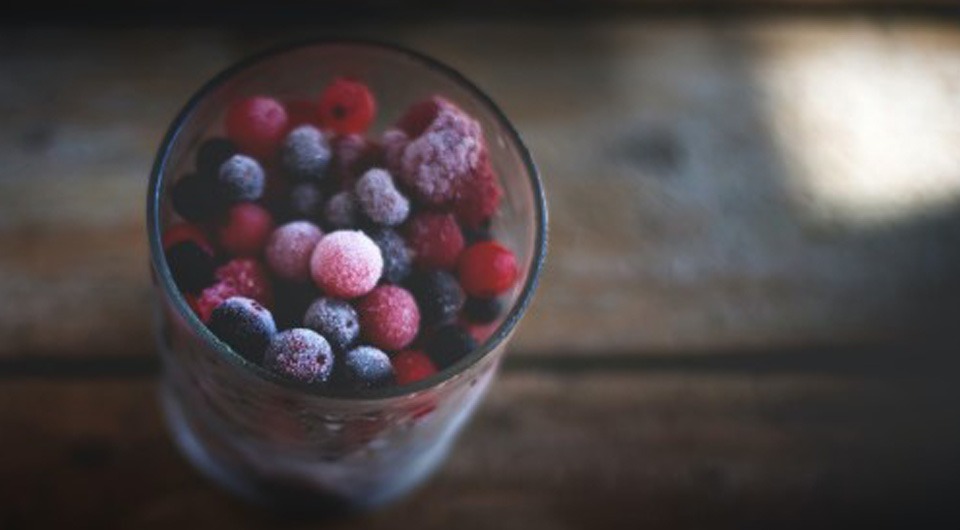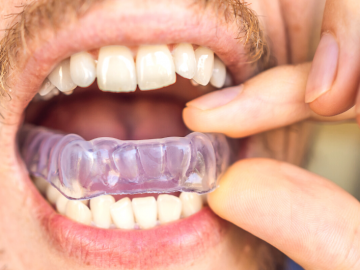
Posted on: 09 July, 2020
When sugar is consumed, it mixes with bacteria in the mouth creating acids that dissolves tooth enamel and cause decay.
Sugar naturally occurs in all foods containing carbohydrates such as fruit, vegetables, grains and dairy. Naturally-occurring sugar is slowly digested in the body, releasing a steady supply of energy.
However, added sugar typically found in packaged foods is the main cause for exceeding the recommended daily intake of 50 grams or 12 teaspoons of sugar. It’s thought that around 70% of all packaged foods on Australian supermarket shelves contain added sugar.
“47% of adults (18+ years) are consuming too much sugar”
We already know that high sugar intake has adverse effects on oral health. Sugar reacts with the saliva and bacteria in the mouth that eats away at those pearly whites.
Studies have linked high sugar intake to an increased risk of heart disease, high blood pressure, chronic inflammation, obesity and type 2 diabetes.
It’s worth reading food labels for sugar content and checking the recommended daily intake (%) provided on packaging. In the meanwhile, you can also reduce your table sugar intake by swapping it out for some of these alternatives:
*These substitutes all still contain sugar but react differently in your body. Always eat in moderation.
Dental Health Week runs from 3rd to 9th August and promotes awareness on ‘how much sugar is hiding in your trolley’.
Are you due for a check-up and clean?
Book your next appointment with the team at Mount Lawley Dental Clinic today.

Understanding Common Dental Problems: Tips for Prevention and Early Detection

6 Reasons to Wear a Custom Mouthguard

Why Do I Have Sensitive Teeth